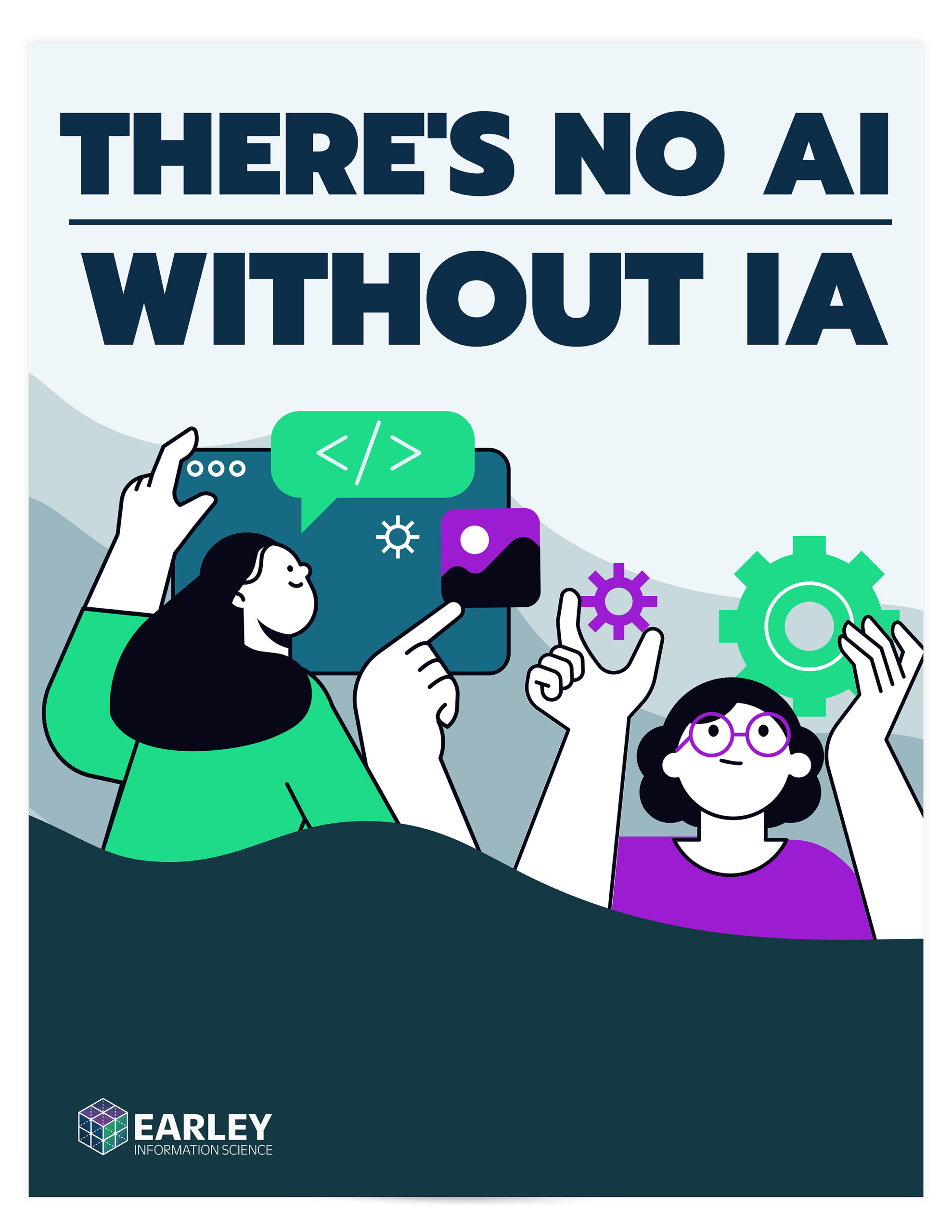Artificial intelligence (AI) is increasingly hyped by vendors of all shapes and sizes – from well-funded startups to well-known software brands. Financial organizations are building AI-driven investment advisors1.
Chatbots provide everything from customer service2 to sales assistance3. Although AI is receiving a lot of visibility, the fact that these technologies all require some element of knowledge engineering, information architecture, and high-quality data sources is not well known. Many vendors sidestep this question or claim that their algorithms operate on unstructured information sources, “understand” those sources, interpret the user query, and present the result without predefined architectures or human intervention. That very well might be true in certain circumstances, but most applications require a significant amount of hard work on the part of humans before neural nets, machine learning, and natural language processors can work their magic.







